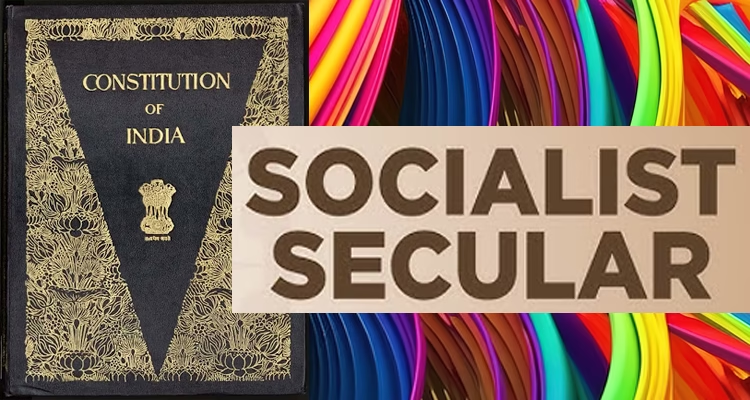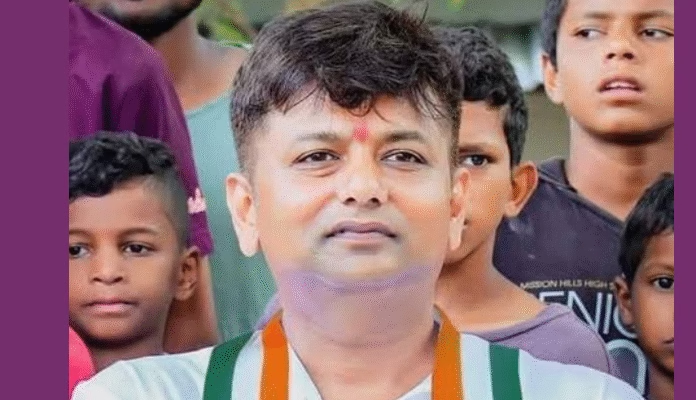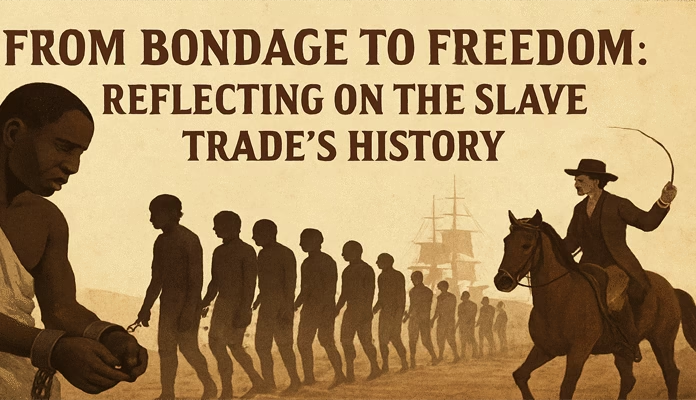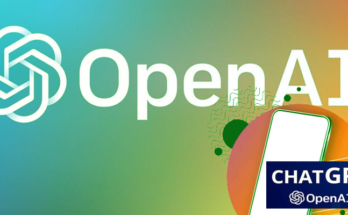
 The ongoing debate over the words “socialist” and “secular”—inserted into the Preamble of the Indian Constitution during the 42nd Amendment in 1976, amid the Emergency—has become a point of sharp political contestation. The BJP and the opposition, particularly the Congress, are at loggerheads following RSS leader Dattatreya Hosabale’s suggestion to remove these terms. While the BJP argues for their removal, claiming they do not fit India’s historical and cultural context, the opposition decries this as a deliberate attack on constitutional principles.
The ongoing debate over the words “socialist” and “secular”—inserted into the Preamble of the Indian Constitution during the 42nd Amendment in 1976, amid the Emergency—has become a point of sharp political contestation. The BJP and the opposition, particularly the Congress, are at loggerheads following RSS leader Dattatreya Hosabale’s suggestion to remove these terms. While the BJP argues for their removal, claiming they do not fit India’s historical and cultural context, the opposition decries this as a deliberate attack on constitutional principles.
However, beyond the political rhetoric, the issue requires a deeper and more nuanced exploration.
The Word ‘Socialist’: Historical Context and Present Contradictions
The term ‘socialist’ is central to leftist ideology. Unsurprisingly, CPI (M) strongly opposes any attempt to remove it, arguing that it reflects the ideals of revolutionaries like Bhagat Singh. Yet, by focusing solely on leftist contributions, such arguments often overlook the diverse ideological spectrum of India’s freedom struggle.
The Congress, which introduced the words during the Emergency, naturally defends their inclusion. But its reasoning often borders on political sloganeering rather than substantive constitutional logic. It claims that the RSS never accepted Ambedkar’s Constitution and intends to replace it with Manusmriti—an allegation that invites scrutiny.
If the Constitution truly belongs to the people, as the Preamble affirms—“We, the people of India…”—then the fact that these terms were added without wider public participation during a period of curtailed democracy raises important questions. Dr. Ambedkar and the original Constituent Assembly did not include these terms. By repeatedly referring to the Constitution as “Ambedkar’s Constitution,” the Congress diminishes the collective nature of its creation and disregards the contributions of other framers.
Ironically, it was not the Congress but the V.P. Singh government that awarded Dr. Ambedkar the Bharat Ratna in 1990—decades after independence.
The criticism linking the BJP’s position to Manusmriti lacks credibility. With over 300 differing versions of the Manusmriti and various interpolations over centuries, it is unclear which version the Congress refers. Without clarity, such claims appear more like fear-mongering than reasoned critique.
Democracy and the 42nd Amendment
The inclusion of “socialist” and “secular” during the Emergency—a time when the press was silenced, opposition leaders were jailed, and civil liberties curtailed—undermines their democratic legitimacy. Were these additions truly reflective of the people’s will, or the will of a party in power under extraordinary circumstances?
The debate must move beyond political blame games and enter the public domain. People have a right to know:
- Who was present in Parliament during the passage of the 42nd Amendment?
- What proportion of the opposition supported or resisted these changes?
- Was there any national compulsion that warranted their insertion?
These are essential questions for an informed democracy.
Indian Socialism: Indigenous vs Imported
The term ‘socialist’ implies state ownership of the means of production, distribution, and exchange—ideas largely drawn from Marxist thought. Yet, Karl Marx had little understanding of India’s unique socio-economic system, placing it outside his Eurocentric framework as the “Asiatic Mode of Production.”
India’s own traditions are deeply rooted in egalitarian principles. Pre-colonial Indian society had minimal economic disparity. Common Property Resources (CPRs) were widely accessible, and the relationship between humans and nature was symbiotic. These values—often observed in tribal societies—reflect a form of indigenous socialism far removed from Western constructs.
Socialism, if adopted, should have evolved organically from Indian traditions. Even without this term in the original Preamble, the Constitution includes provisions—particularly in the Fundamental Rights and Directive Principles—to promote social and economic justice.
Moreover, it was the Congress-led government under P.V. Narasimha Rao that ushered in economic liberalisation and privatisation in the 1990s. This stands in stark contradiction to the socialist ideal of state ownership. While socialism aims at equality and collective welfare, privatisation promotes competition, accumulation, and consumerism. The two are fundamentally incompatible.
Today, under the liberalisation-privatisation-globalisation (LPG) model, India’s top 1% holds over 22.6% of the total income and 40% of the wealth. Meanwhile, millions remain below the poverty line, and many live in nomadic conditions, outside the purview of market systems. Retaining the word “socialist” in this context appears symbolic at best, hypocritical at worst.
The Word ‘Secularism’: Indian Perspective vs Western Model
The term “secularism,” coined by George Jacob Holyoake in 1851, advocated for a separation between religion and state, aimed at weakening the dominance of the Church in Britain. It was rooted in a reductionist view of society—dividing it into separate domains of religion, politics, and economy.
India, however, has traditionally followed a holistic worldview. Religion, morality, economy, and polity were seen as interconnected components of “Dharma.” Indian kings ruled not with religious neutrality but with religious inclusivity. Communities—Hindus, Muslims, Sikhs, Buddhists, Jains, Parsis, Adivasis—coexisted with mutual respect, despite some historical conflicts.
The Western model of secularism does not align with India’s cultural and historical experiences. In India, governance has traditionally not required neutrality but harmony with all social orders.
Secularism in Practice: A Double-Edged Sword?
Since the insertion of “secular” into the Preamble, India has witnessed numerous instances of selective secularism. In some states, governments have shown bias toward certain religious groups, leading to unrest and communal violence.
For instance:
- Religious conversion by deception has caused communal tensions.
- The Hindu Marriage Act applies specifically to Hindus—does that qualify as secular legislation?
- The Waqf Board controls substantial land—how is that reconciled with the idea of religious neutrality?
- Articles 29 and 30 provide special rights to minorities—are these secular or affirmative actions?
The point is not to question the rights of minorities but to highlight the contradictions in applying a Western term in the Indian context without tailoring it to Indian realities.
The Need for Public Debate
Debates of national importance cannot be confined to Parliament or partisan politics. The general public must be informed and involved. People need access to authentic information, not ideological posturing. The time has come to evaluate whether symbolic words like “socialist” and “secular” genuinely serve constitutional goals—or merely provide ammunition for political theatre.
Only a thoughtful, inclusive, and transparent public discourse—beyond party lines—can lead to a resolution that truly reflects the will of the people and the spirit of the Constitution.
(Written by Dr. Maguni Charan Behera, Former Professor of Tribal Studies; email: mcbehera1959@gmail.com)



